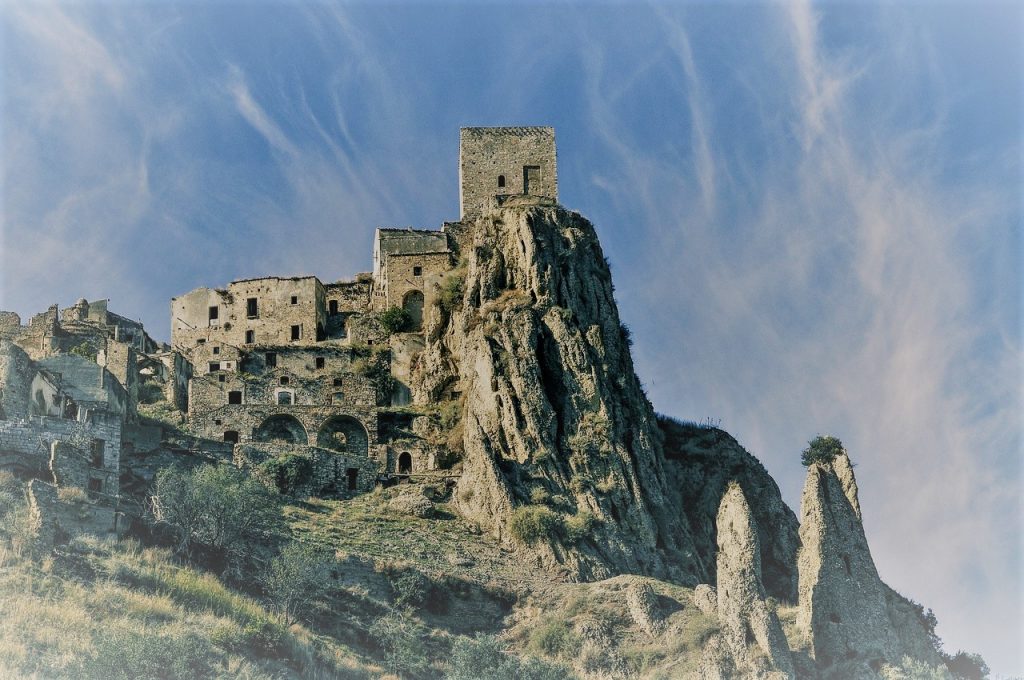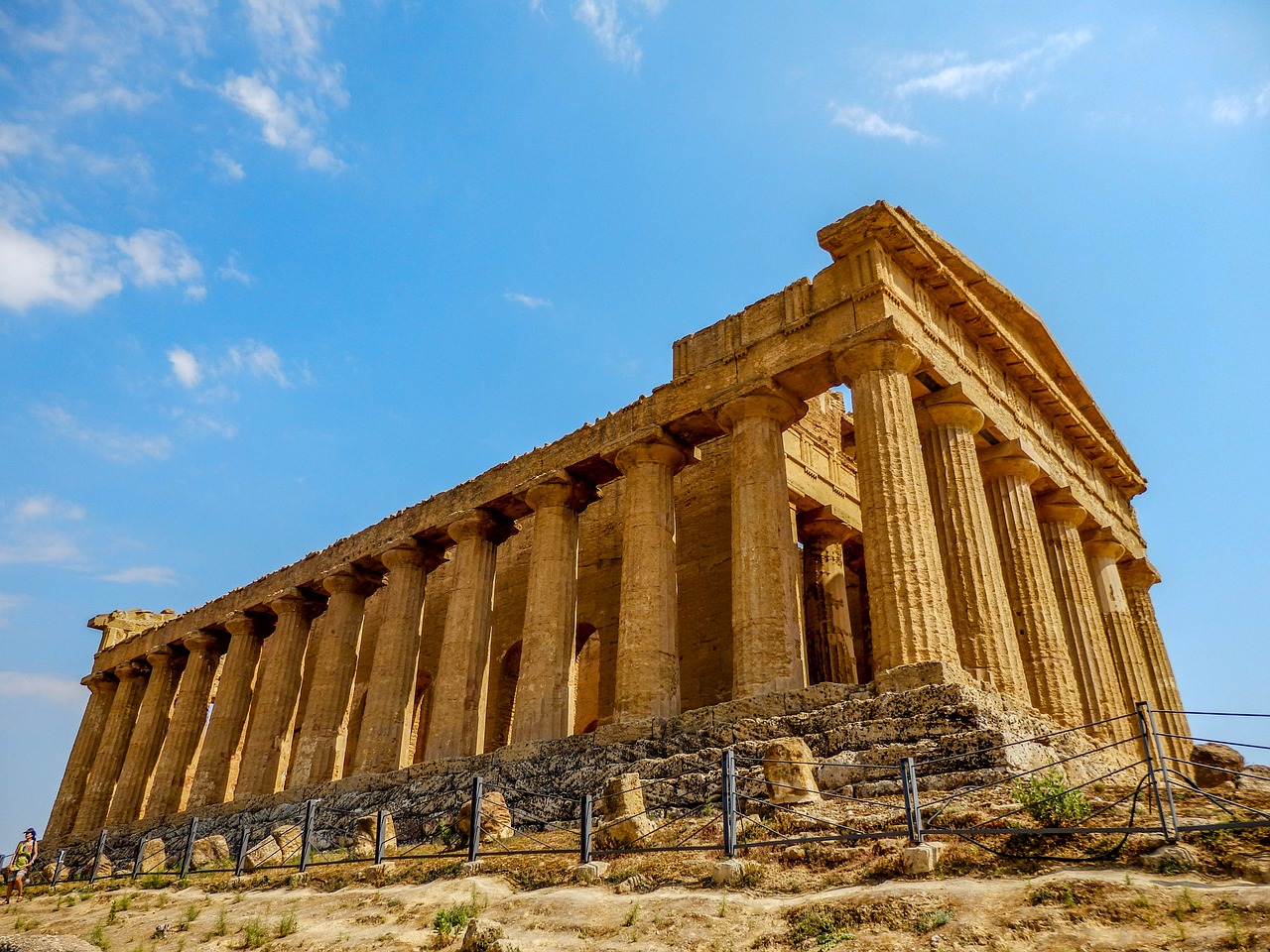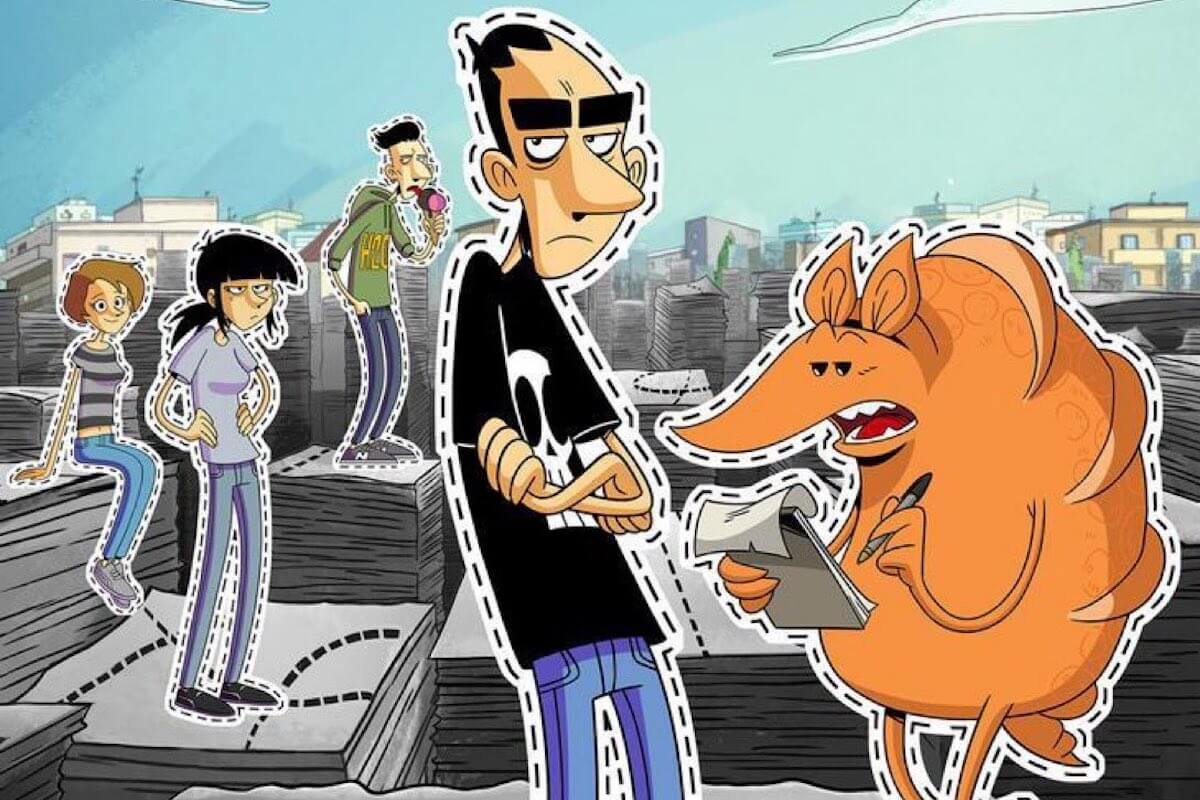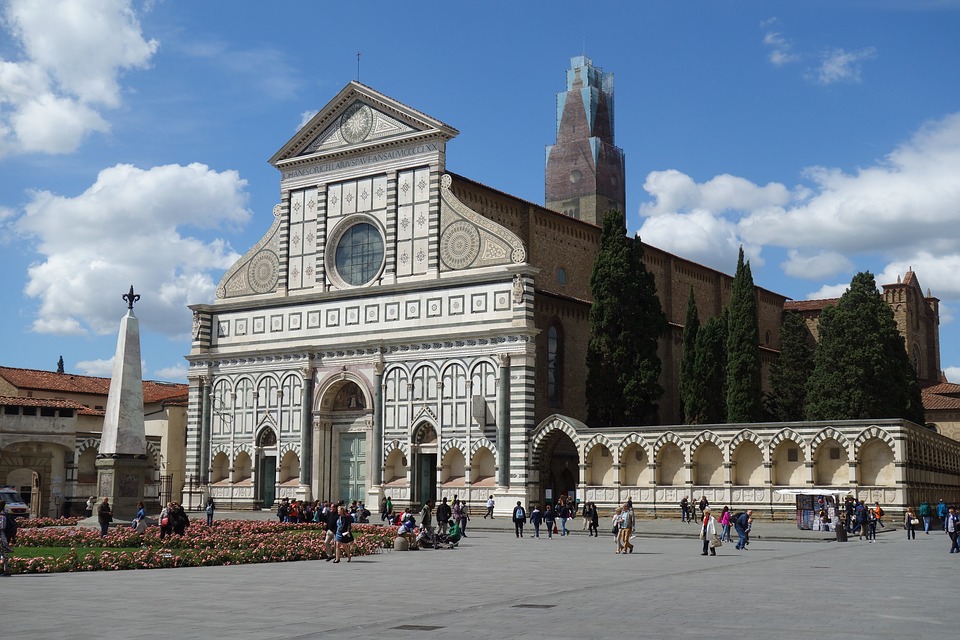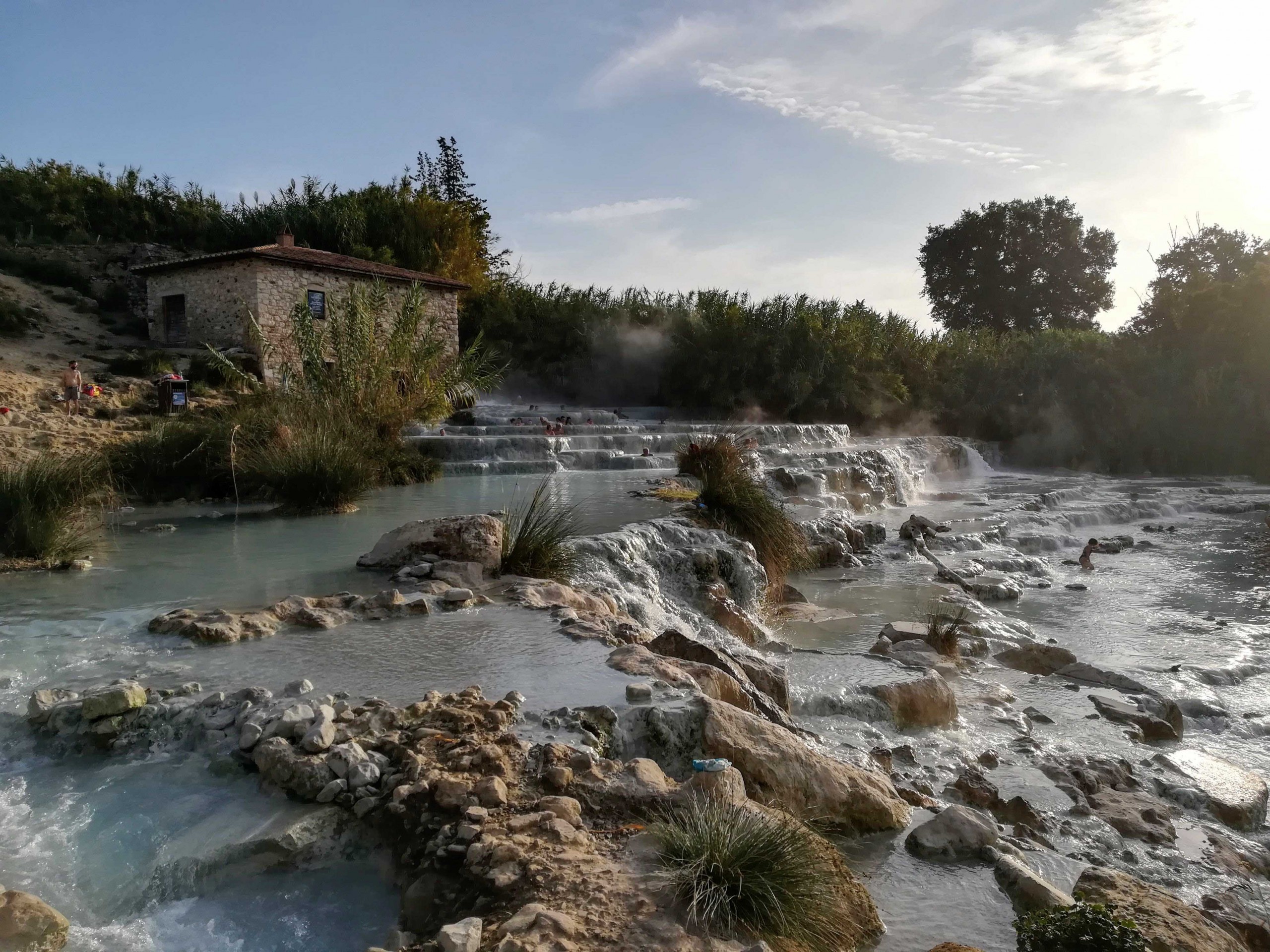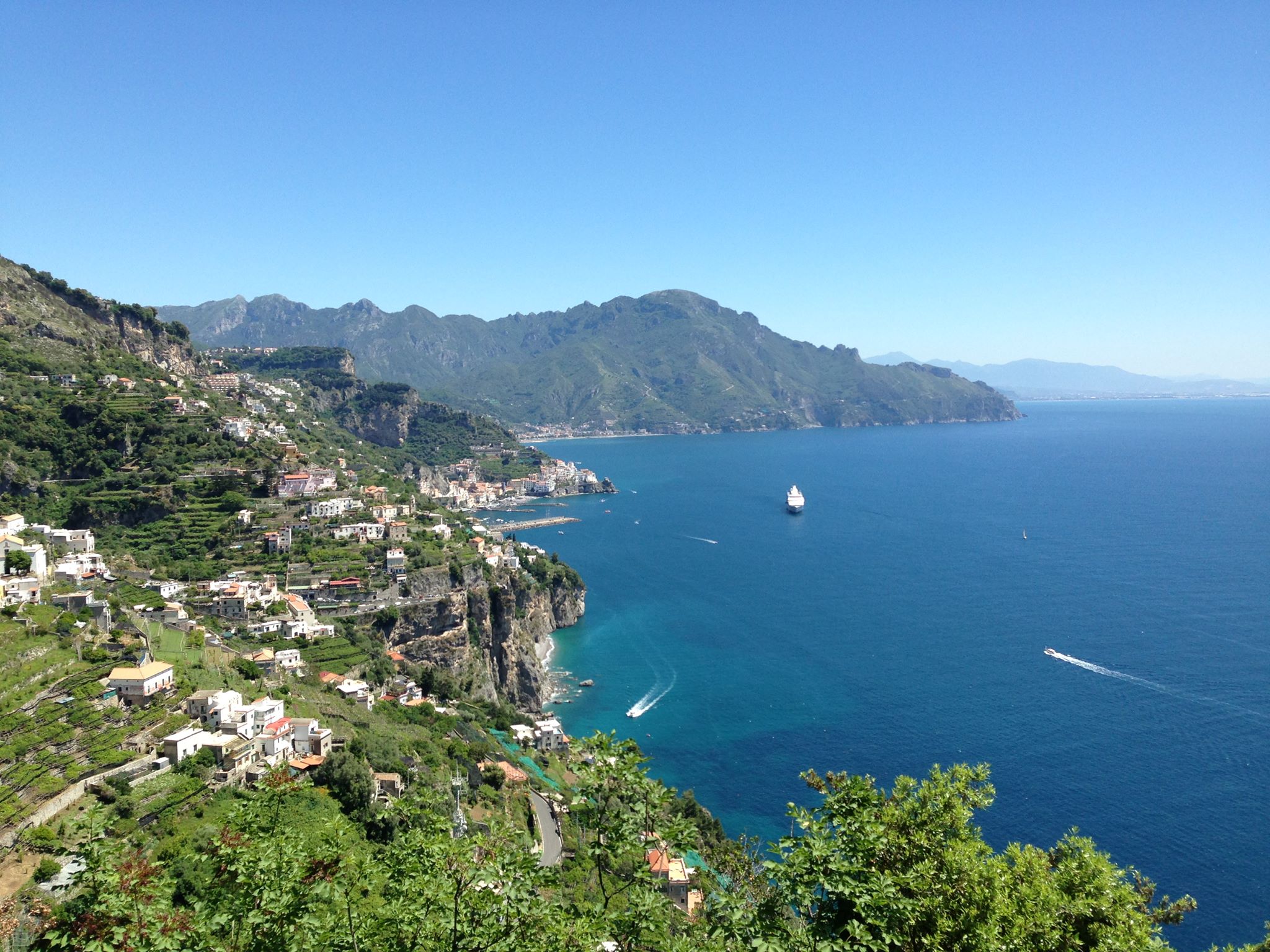A mantle gilded by the sun, a cosmic silence, the wild land. This is what reigns today in the small medieval village of Craco. A hidden city, shielded by natural barriers, almost inaccessible. How it was created by the pen of the best fantasy author. It is there, in the most intimate heart of Basilicata, stopping in time to wait for someone to visit her.
The birth of a jewel
Austera e irraggiungibile, come se bastasse a se stessa. Questa è la sensazione che si potrebbe avere a prima vista. Poggiando i piedi su quella terra brulla, lo sguardo sulle sue bellezze forse si avrà l’impressione di violarla. E sì, perché Craco è una città tanto concreta quanto surreale. Avvolta da un fascino senza tempo, quasi indossasse una veste sacra. Non a caso è stata definita “città fantasma”. Eppure esiste, la si può toccare, percepire, sentire. Una presenza “vecchia” la sua. I primi insediamenti risalgono all’VIII secolo a.C. Ma la città vera e propria è datata al 1060. Nasceva sotto il nome di Graculum, ovvero “piccolo campo arato”. La vita del Paese proseguì per secoli, segnata dal passare del tempo. Una commistione di stili architettonici espressione della sapienza umana. Varcato l’ingresso si incontrano i quattrocenteschi palazzi nobiliari. Fermi e immobili se ne stanno affacciati sulla piazza principale. Seguono altri edifici dello stesso periodo: Palazzo Grossi e Palazzo Carbone dai ricchi apparati decorativi. E poi ecco d’improvviso ergersi il torrione del Castello. Imponente e robusto volge il suo sguardo severo verso la città. Ma non è finita qui. Craco è attraversato dalle contrade.
Austere and unattainable, as if it were enough to itself. This is the feeling that could be had at first sight. Resting your feet on that barren land, the look on its beauties will perhaps have the impression of violating it. And yes, because Craco is a city as concrete as it is surreal. Wrapped in a timeless charm, it almost wore a sacred garment. It is no coincidence that it has been called a “ghost town”. Yet it exists, it can be touched, perceived, felt. An “old” presence his. The first settlements date back to the 8th century BC But the city proper dates back to 1060. It was born under the name of Graculum, or “small plowed field”. The life of the country continued for centuries, marked by the passage of time. A mixture of architectural styles expression of human wisdom. Once through the entrance, you will meet the fifteenth-century noble palaces. Fermi and buildings stand facing the main square. Other buildings of the same period follow: Palazzo Grossi and Palazzo Carbone with rich decorative structures. And then suddenly the tower of the castle stands out. Imposing and robust it turns its stern gaze towards the city. But it’s not over here. Craco is crossed by the districts.
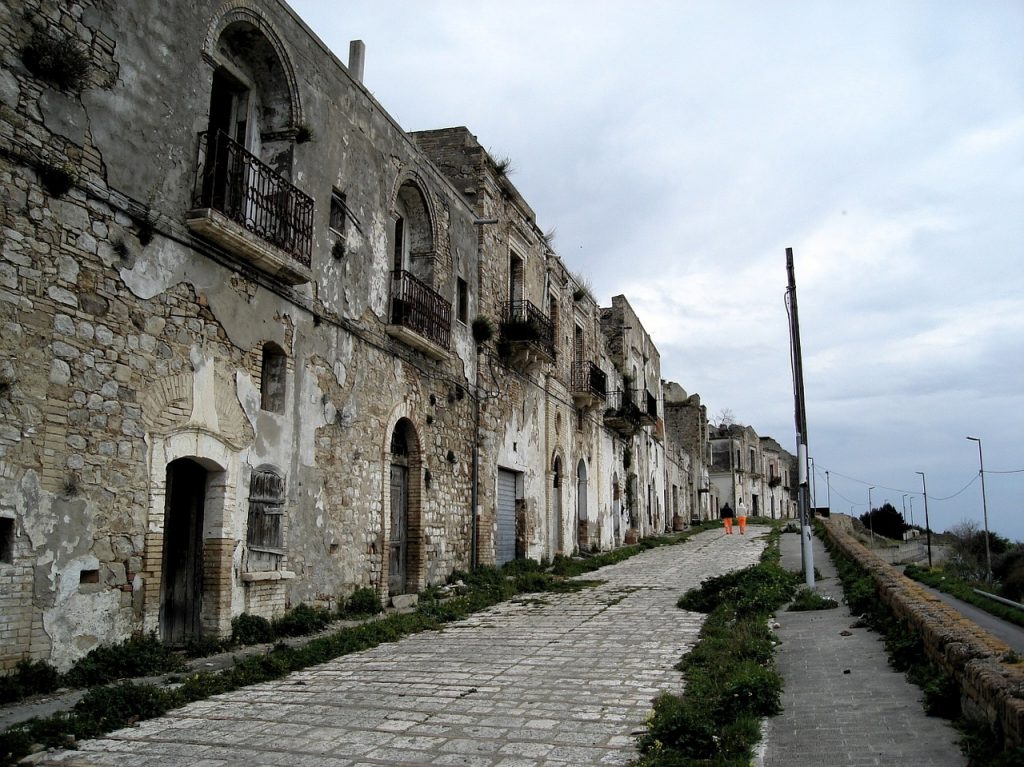
Unusual places where you can get carried away by the suggestion of history. Canzoniere, San Lorenzo, Sant’Eligio. Among these is the first to have a greater ancestry on the minds of those who follow it. The legend tells of the presence of an ancient tavern where the district owes its name. There, a bewitching innkeeper trapped the local patrons in his seductive net. Like a goddess of mythology, the fascinating woman used her amatory weapons to kill. The unfortunate men, who fell into a trap, were in fact placed under vinegar becoming “protagonists” of a typical dish of the area.
Craco today
Currently it is possible to visit the city only accompanied. A small tourist office where you can book the mini tour. Equipped with a helmet, for safety reasons, tourists can enjoy the “narrative voice” of a guide. Understand what is observed and covered. The past history of an ancient village. But there is more. In addition to artistic and historical explanations, Craco offers the visitor a dreamlike atmosphere. Someone admits to having heard mysterious sounds. Perhaps the voices of those ancient presences that once animated the village. As well as unusual moving figures inside the old houses and the farms that characterize some districts. The surreal silence of these places, the empty streets, the mighty buildings are transformed into voices and visions. Those fruit of a suggestive imagination.

Echoes also explained by the particular morphology of the territory. A nature that masters. Strong and wiry. They are the gullies, erosion effects of a clay soil “eaten” over time by water. Strange conformations arise: joints, grooves, mouths. A landscape that can be enjoyed by climbing up to the old tower. All with the help of security systems. It should not be forgotten that Craco was affected by landslides, floods and earthquakes. The last happened only in 1980 led to the total abandonment of the village. From that moment he acquired the title of “Ghost Town”. But since 2010 work began on recovering the area. The necessary safeguard of a historical heritage that today records an important influx of visitors.

